Co-showrunner Rachel Kondo explains why Shōgun made a big change to John Blackthorne’s climactic episode 10 moment as it happens in the book.
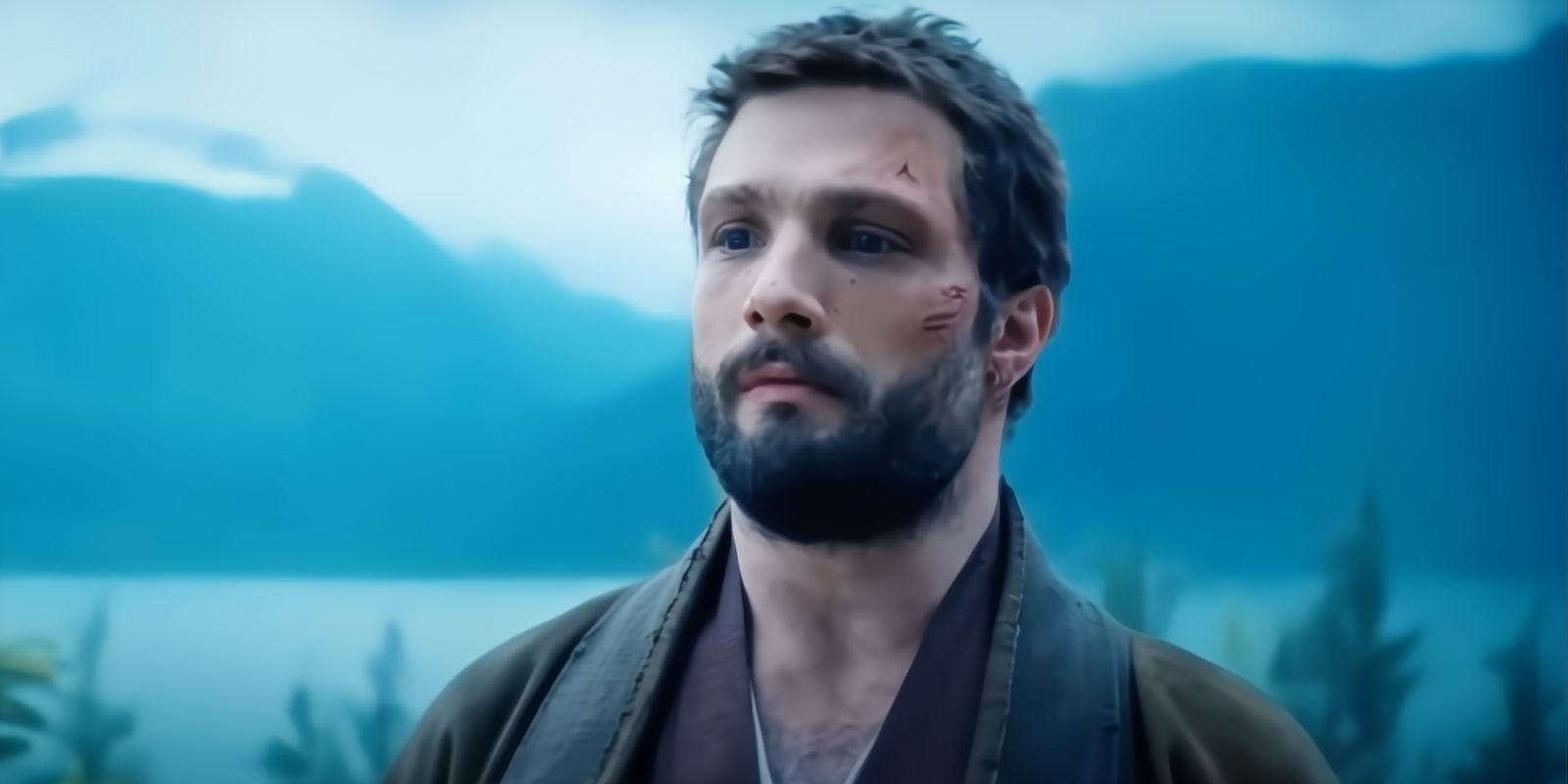
Shōgun co-showrunner Rachel Kondo explains why episode 10 changes John Blackthorne’s seppuku scene from the source material. Adapting the events of James Clavell’s Shōgun, his 1975 book, the hit FX series premiered earlier this year, depicting a power struggle between various lords of feudal Japan and how English sailor John Blackthorne (Cosmo Jarvis) becomes entangled in the conflict. The show recently concluded its acclaimed 10-episode run, and the finale features Blackthorne attempting to commit seppuku in order to convince Lord Toranaga (Hiroyuki Sanada) to cease his destructive search for traitors in the village of Ajiro.
In a recent interview with CinemaBlend, Kondo explains why she and co-showrunner Justin Marks changed Blackthorne’s seppuku moment in Shōgun episode 10 from how it happens in the book. In Clavell’s novel, this plot point happens far earlier in the narrative and in Blackthorne’s journey in Japan, but Kondo explains that this just didn’t feel right for the FX series. Check out her full explanation below:
We talk about this a lot these days … so [Blackthorne’s] seppuku, or his attempted seppuku, is much earlier in the book. It would have been in and around Episode 4. And people sometimes ask us if that was a very intentional move to move it to [Episode] 10.
What I think is actually just the truth is that it was such a sensitive thing that it felt too soon. Not only for Blackthorne to have that moment, but it felt too soon for us, as writers in the writer’s room, to approach that subject matter. We needed to sit with it more, sit with the characters more, understand, wrap our minds around something that was so very culturally different from what we innately know and believe.
We lifted it first and we didn’t know if it would come back in. … We just sort of moved it out. And I feel like, do you remember Pee Wee’s Big Adventure, at the end when he is saving all the pets in the pet shop from the fire? You know, [Blackthorne’s seppuku attempt] was the tank of snakes that Pee Wee kept looking at, and then finding another animal to pull out first. And then finally it got to the end, and he just grabs ’em and runs out with it.
I think that we had to go through that same process of building up the courage to get there, and knowing what it might take to do it.
If we’re gonna have this European character appropriating the act of seppuku, a couple things [had to happen.] First of all, it has to be done kind of badly. Like there’s only so much he could sort of really appropriate right.
But two, the intention that’s beneath it has to be completely honest, you know, and completely pure to get there in that final episode. And, I think it represents the shift. because what he’s doing in that moment is he is killing the version of himself that he would have become, had Episode 1 Blackthorne never gone through the events of the show. And he needs to sever the path of his own destiny from that.
So when we landed on that, as the sort of realization of how to do it, that’s when the show kind of came into focus for us, because it was a journey towards understanding that choice.
Blackthorne’s Seppuku Moment In Shōgun Explained
Why Blackthorne Does It & Why It Works So Well
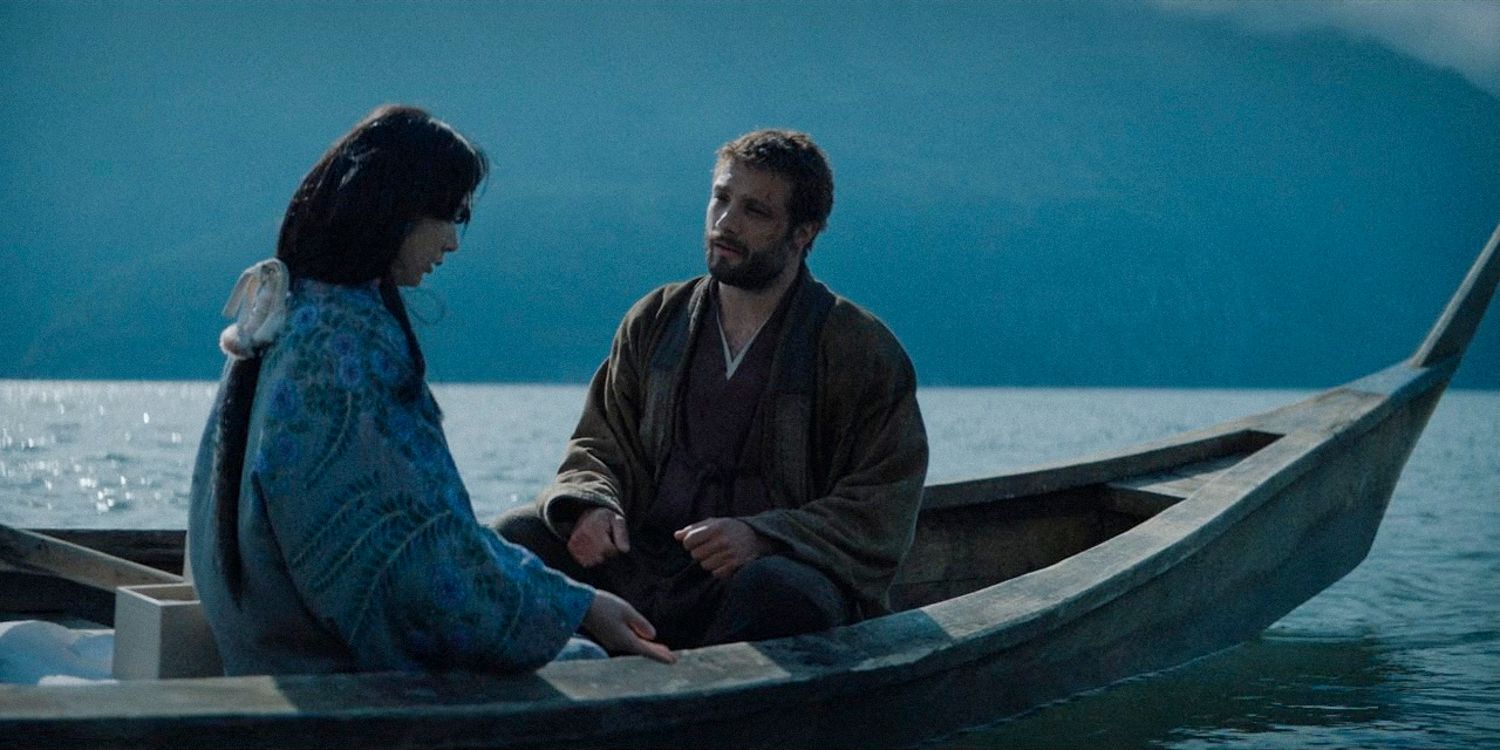
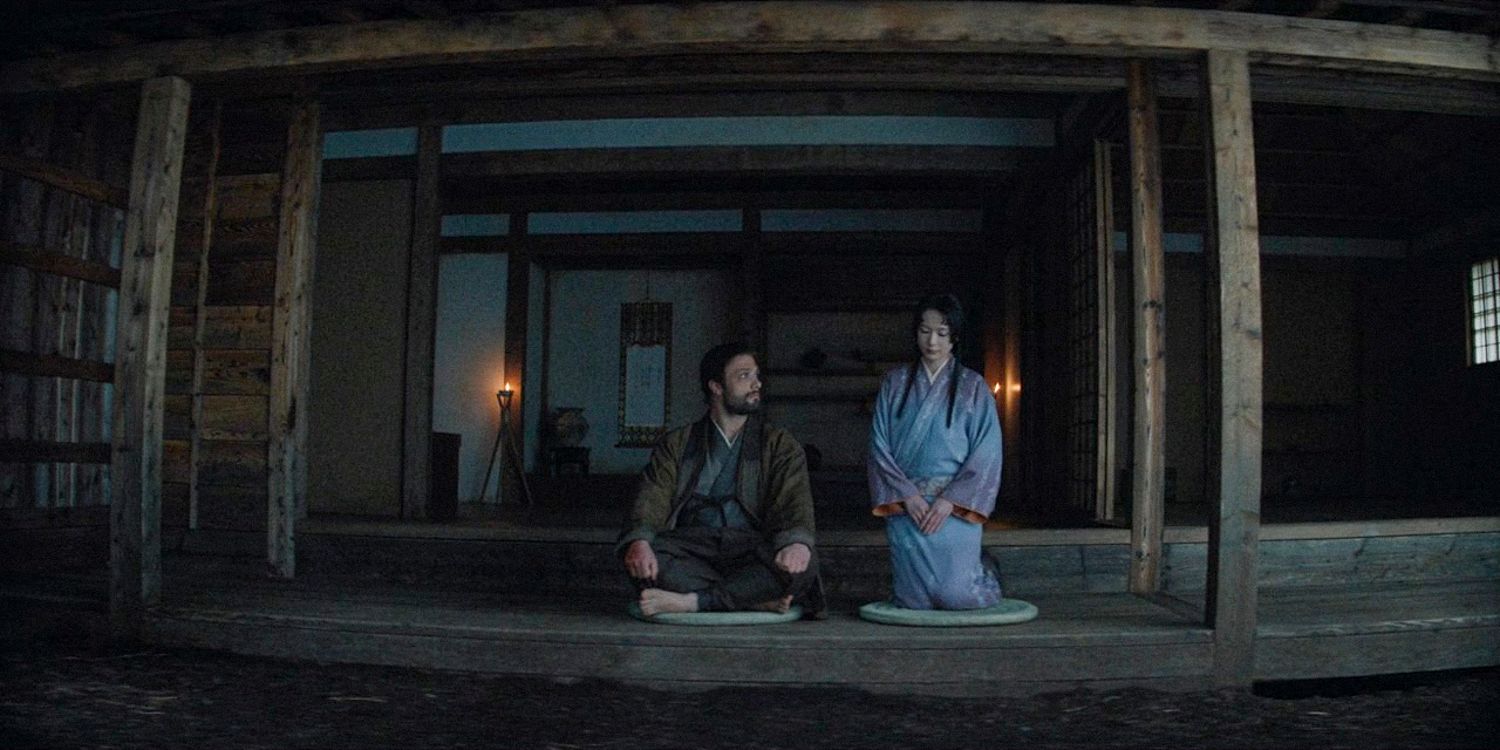
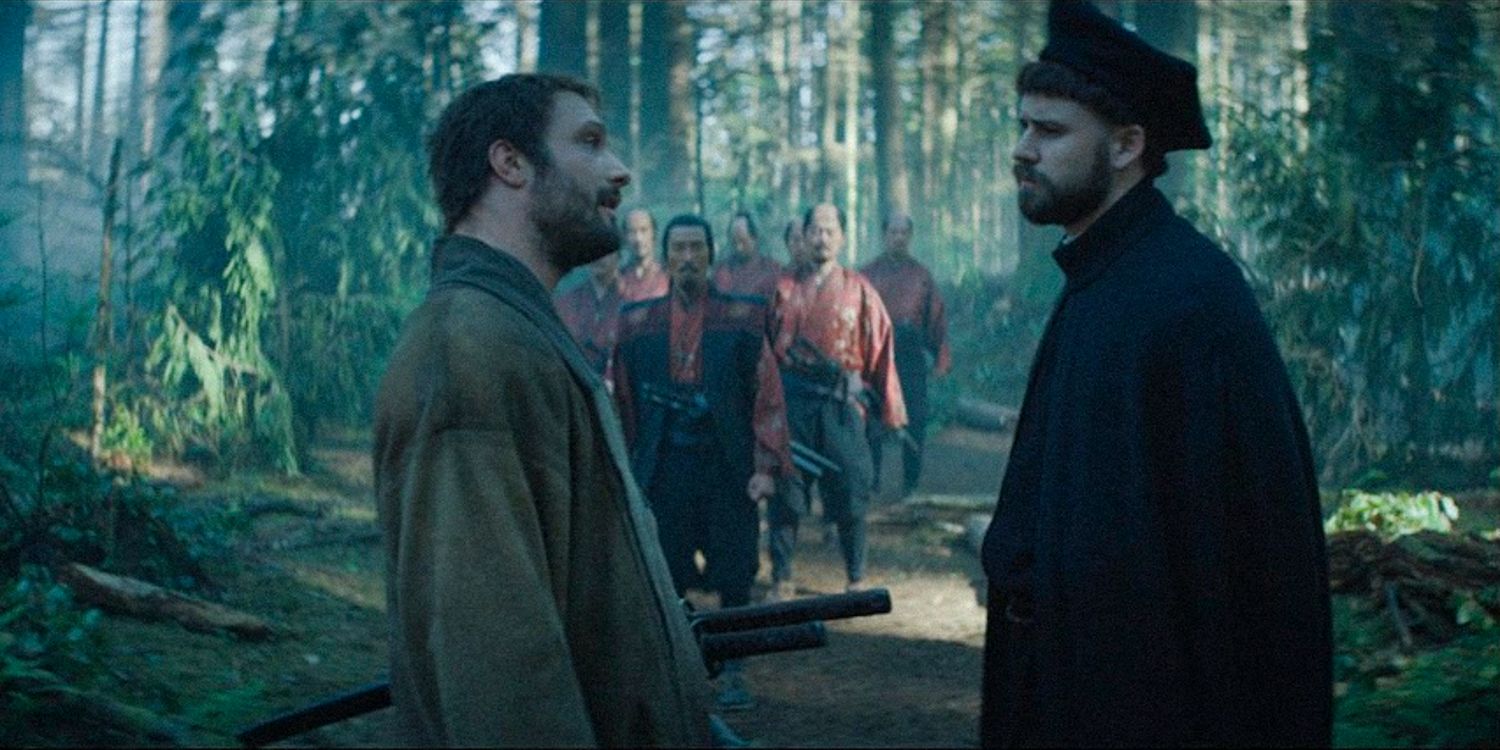
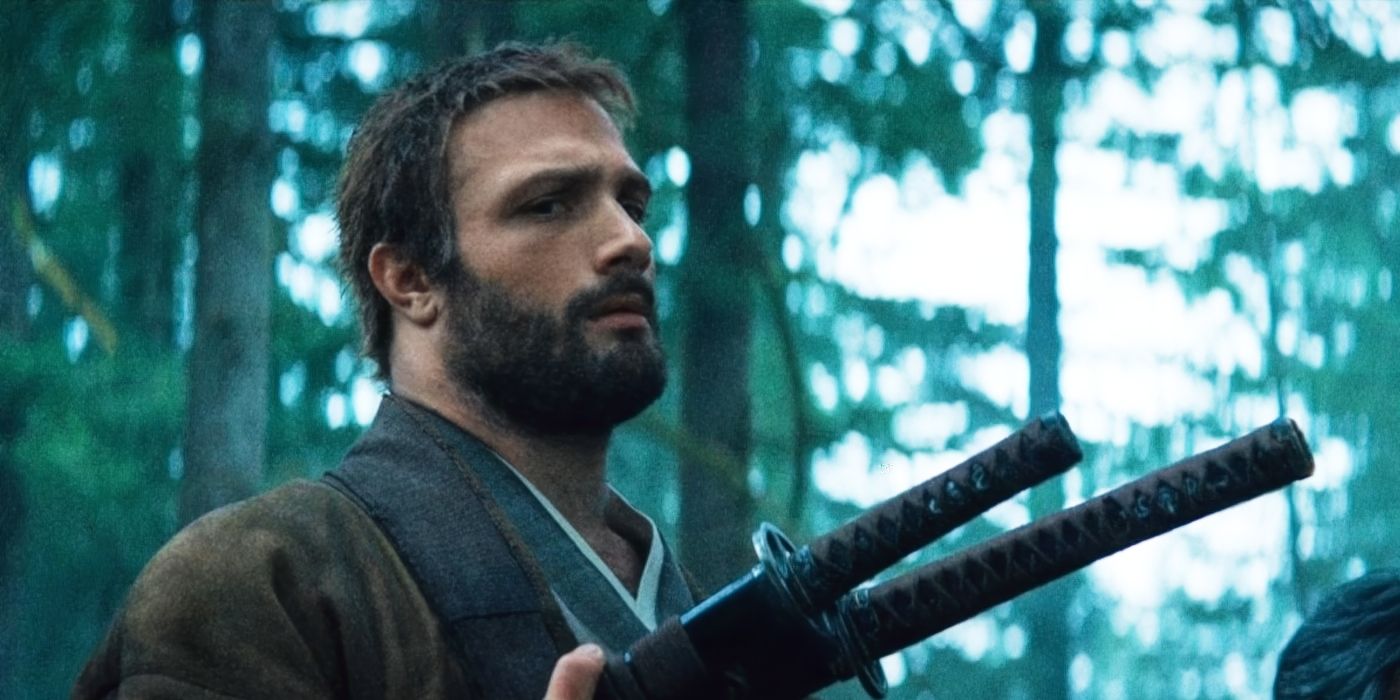
The Shōgun reviews have been nothing short of glowing, and the response to each episode from viewers has generally been very positive on social media. Expectations were high, then, for the FX miniseries to deliver a satisfying finale, and the show certainly succeeded. Instead of featuring climactic action, the Shōgun finale remains deeply rooted in character, and Blackthorne’s decision to attempt seppuku is a crucial part of his journey and the conclusion to his character arc.
Earlier in episode 10, viewers are given a glimpse of Blackthorne living as an old man in England, full of regret. It eventually becomes clear, however, that these aren’t real glimpses of the future, but a representation of the man Blackthorne could become. Instead, after observing Japanese culture and spending nine episodes growing close to and understanding people like Toranaga and Marriko (Anna Sawai), Blackthorne’s outlook on life changes. He’s now willing to sacrifice his life for an idea and for the villagers of Ajiro.
When Toranaga stops Blackthorne from committing seppuku and gives him the task of rebuilding his ship and then a fleet, Blackthorne essentially becomes a man reborn. He has a new purpose, and the implication is that he will live out the rest of his days in Japan, something that feels earned after the events of the rest of the story. While Clavell’s Shōgun novel is certainly beloved, the FX series made the correct choice in its telling of the story.





